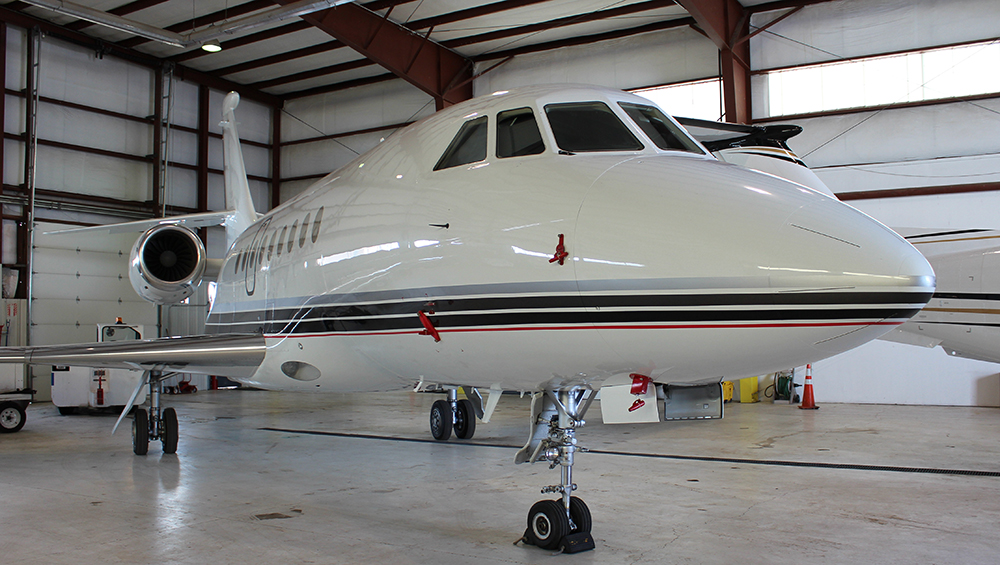
 Transit Oriented Development (TOD) is a planning approach that calls for high-density mixed-use business/residential neighborhood centers to be clustered around transit stations and corridors. TOD is considered a "smart growth" strategy because it addresses the issue of where growth should occur from a sustainability perspective and it coordinates land use and transportation such that both land and infrastructure are used efficiently. As its name implies, Transit Oriented Development is designed to be served by transit rather than or in addition to the automobile. Networks of streets and multi-use paths are also created to provide a walkable and bikeable environment that is conducive to living and working, and shopping in the same area. TOD is focused within a one-half mile radius of transit stops, with the highest intensity and mix of land uses concentrated within one-quarter mile or adjacent to the station. Land use intensities and densities decrease aware from the core area, with transitions included in development plans to ensure compatibility with existing neighborhoods.
Transit Oriented Development (TOD) is a planning approach that calls for high-density mixed-use business/residential neighborhood centers to be clustered around transit stations and corridors. TOD is considered a "smart growth" strategy because it addresses the issue of where growth should occur from a sustainability perspective and it coordinates land use and transportation such that both land and infrastructure are used efficiently. As its name implies, Transit Oriented Development is designed to be served by transit rather than or in addition to the automobile. Networks of streets and multi-use paths are also created to provide a walkable and bikeable environment that is conducive to living and working, and shopping in the same area. TOD is focused within a one-half mile radius of transit stops, with the highest intensity and mix of land uses concentrated within one-quarter mile or adjacent to the station. Land use intensities and densities decrease aware from the core area, with transitions included in development plans to ensure compatibility with existing neighborhoods.
There are many benefits associated with Transit Oriented Development, including:
- Reducing vehicle miles traveled
- Decreasing air pollution
- Absorbing population growth
- Constraining sprawl and conserving open space
- Lowering infrastructure costs
- Economic growth and increased land values
- Leveling the Jobs vs Housing balance
- Promoting a healthier, more active lifestyle
- Providing new housing for seniors, singles, and first-time homebuyers
- Creating vibrant new public places
- Reducing the demand for land dedicated to parking





